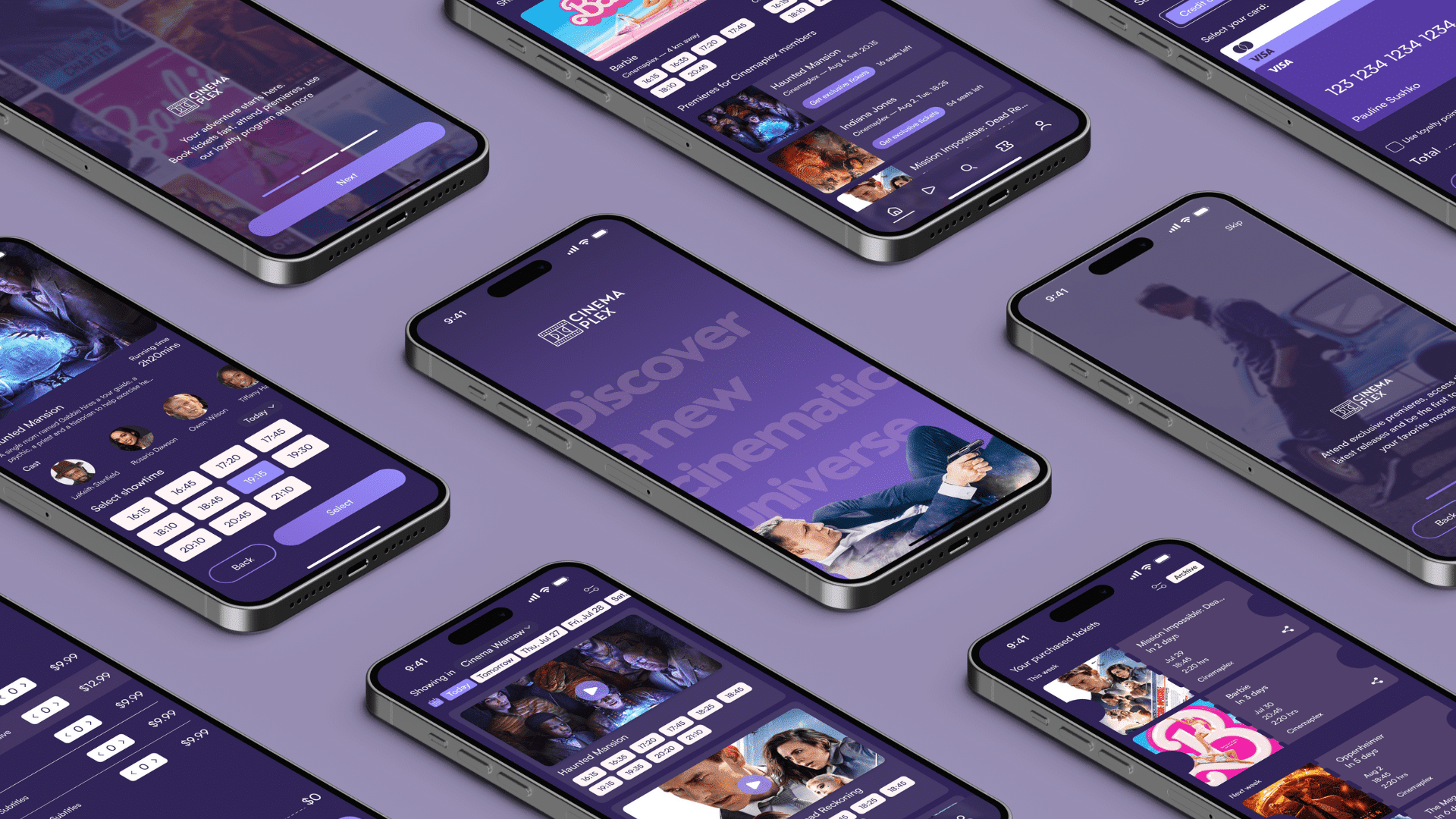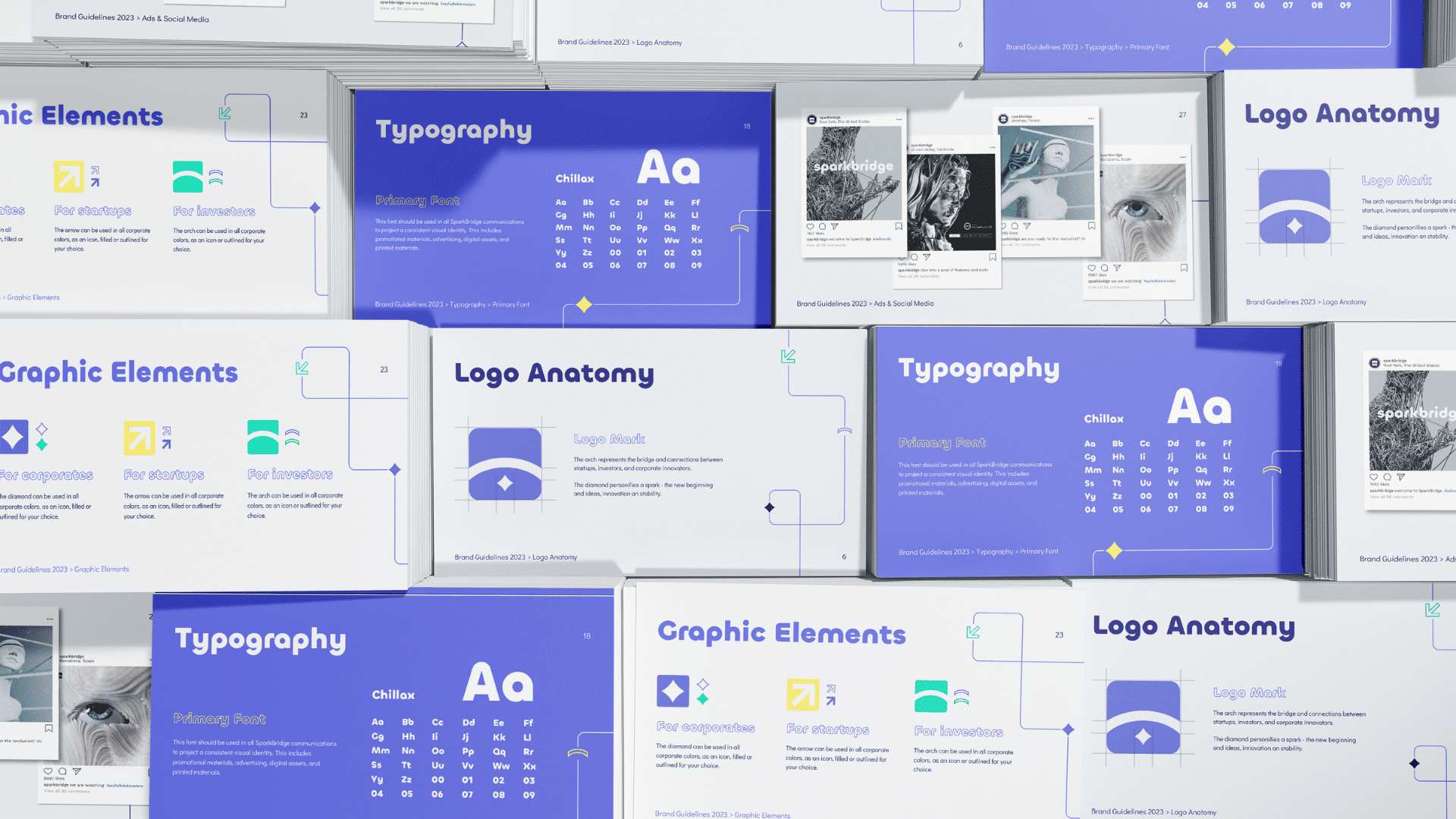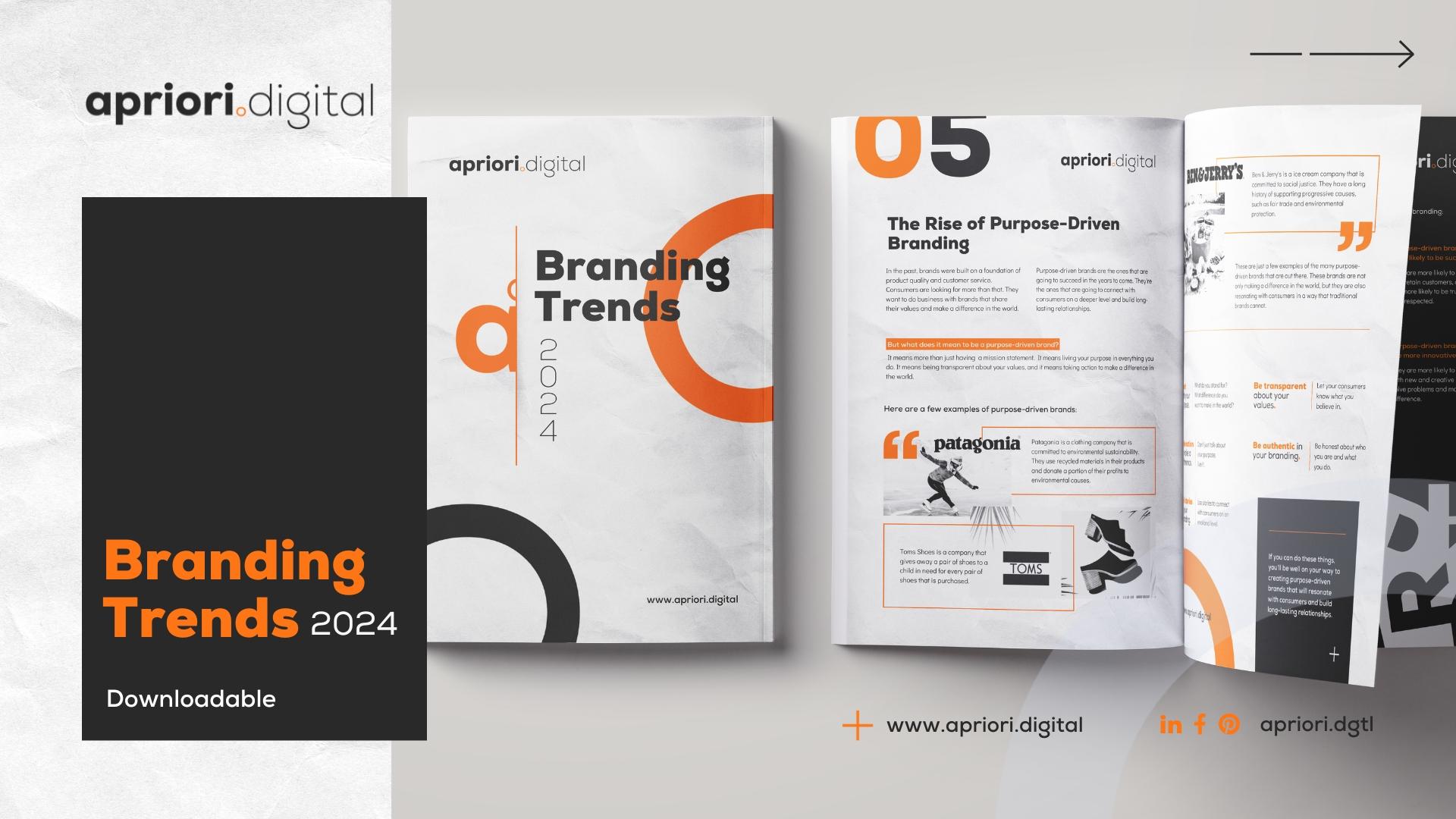Introduction
In the digital landscape, smart design is a pivotal factor in converting visitors into customers. It’s not just about having a visually appealing website; it’s about creating an experience that guides users seamlessly towards making a decision.
Effective design converges aesthetics, functionality, and psychology, weaving them into an experience that not only delights but also persuades. This guide delves into practical tips for leveraging smart design to boost conversions. From intuitive navigation to persuasive call-to-action buttons, these strategies will help you optimize your website to turn visitors into loyal customers.
Clear and Intuitive Navigation
Ease of navigation is the cornerstone of a good user experience, guiding visitors effortlessly through your website.
- Logical Layout: Structure your site with a logical flow that intuitively guides users to the information they need.
- Accessible Menus: Ensure that your menus are easy to find and use, with clearly labeled sections.
- Streamlined Paths to Conversion: Create straightforward pathways to conversion points, reducing the number of steps users must take to complete an action.
UI/UX Design by Apriori Digital
Compelling Call-to-Action (CTA) Buttons
- Visually Distinctive: Design CTA buttons to be visually striking with contrasting colors or unique shapes.
- Action-Oriented Language:Use concise, action-oriented language that conveys a sense of urgency or benefit.
- Strategic Placement: Position CTAs in places where users are most likely to take action, such as at the end of persuasive content or alongside key benefits.
Leveraging the Power of Colour Psychology
Colours can influence mood and behavior. Utilize colour psychology in your design to evoke the right emotions and encourage conversions.
- Colour Choices: Choose colours that align with the desired action – for example, green for ‘go’ or ‘growth’, red for urgency, and blue for trust.
- Consistent Colour Scheme: Maintain a consistent colour scheme throughout your site that aligns with your brand and the action you want users to take.
- Contrast for Readability: Ensure text is highly readable against background colours, especially for important information and CTAs.
Optimizing for Speed and Performance
A fast-loading website is crucial for keeping potential customers engaged. Delays can lead to frustration and a higher likelihood of visitors leaving your site.
- Image Optimization: Use compressed images that maintain quality to decrease load times.
- Minimize HTTP Requests: Reduce the number of elements that require an HTTP request to load.
- Use of Content Delivery Networks (CDNs): Implement CDNs to improve load times for users across different geographical locations.
Responsive and Mobile-Friendly Design
- Mobile Optimization: Ensure your site is fully functional and visually appealing on mobile devices.
- Touchscreen Compatibility: Design elements such as buttons and forms should be easily navigable on a touchscreen.
- Mobile-First Approach: Consider designing for mobile first, given the increasing prevalence of mobile web browsing.
Using Visual Hierarchy to Guide Attention
Visual hierarchy involves arranging and presenting website elements so that visitors naturally gravitate towards the most important information first.
- Size and Scale: Use size and scale to highlight key elements like headlines and CTAs.
- Colour and Contrast: Employ colour and contrast to draw attention to primary information and actions.
- Whitespace: Utilize whitespace effectively to prevent clutter and focus user attention on conversion points.
Building Trust with Social Proof
- Testimonials and Reviews: Display customer testimonials and product reviews prominently on your site.
- Trust Badges: Include trust badges like security certifications or awards to reassure visitors of your credibility.
- Case Studies and Success Stories: Showcase case studies or success stories that demonstrate the value of your product or service.
Follow us on socials

Simplifying Forms and Input Fields
- Minimize Form Fields: Request only essential information to reduce user workload.
- Clear Error Messaging: Provide clear and immediate feedback when errors are made in form inputs.
- Auto-fill and Predictive Text: Implement auto-fill and predictive text functionalities to speed up the input process.
Incorporating Interactive Elements
- Interactive Demos: Offer interactive demonstrations or configurators for your products or services.
- Engaging Animations: Use subtle animations to draw attention and guide users through the conversion process.
- Quizzes and Calculators: Include interactive quizzes or calculators that provide personalized recommendations or values.
Continuous Testing and Improvement
- A/B Testing: Regularly conduct A/B testing on various elements of your site to see what works best.
- User Feedback:Actively seek and incorporate user feedback to identify areas for improvement.
- Analytics: Use analytics tools to track user behaviour and conversion metrics, gaining insights to inform design decisions.
Conclusion
Converting users through smart design involves a blend of art and science – from creating an aesthetically pleasing layout to understanding the psychology of user behaviour. Each element of your website should be crafted with the goal of guiding users smoothly towards making a decision.
Create a website that not only looks great but also functions effectively, leading to higher engagement, better user experience, and ultimately, increased conversions. Remember, the key to successful conversions lies in continuously adapting and improving your design to meet the evolving needs and preferences of your users.





